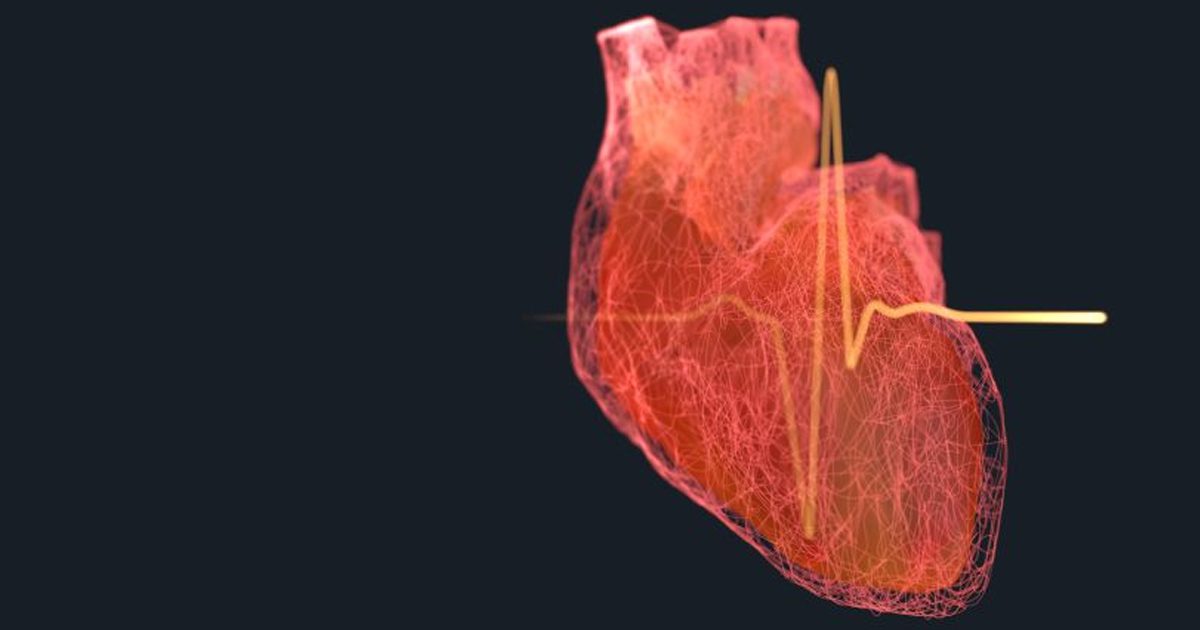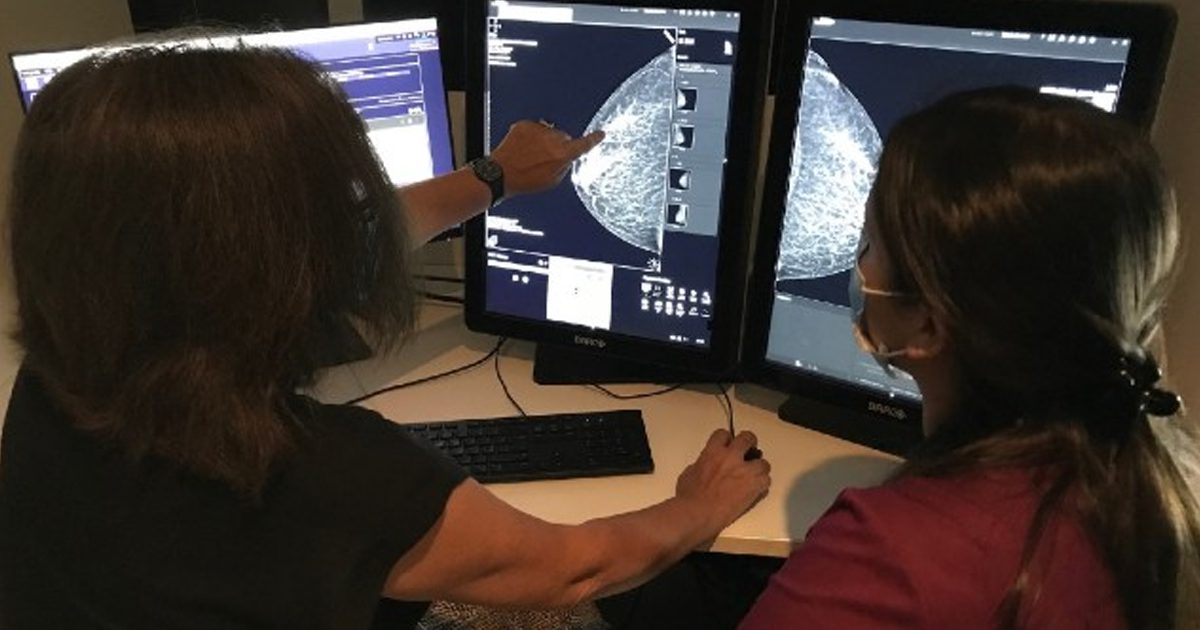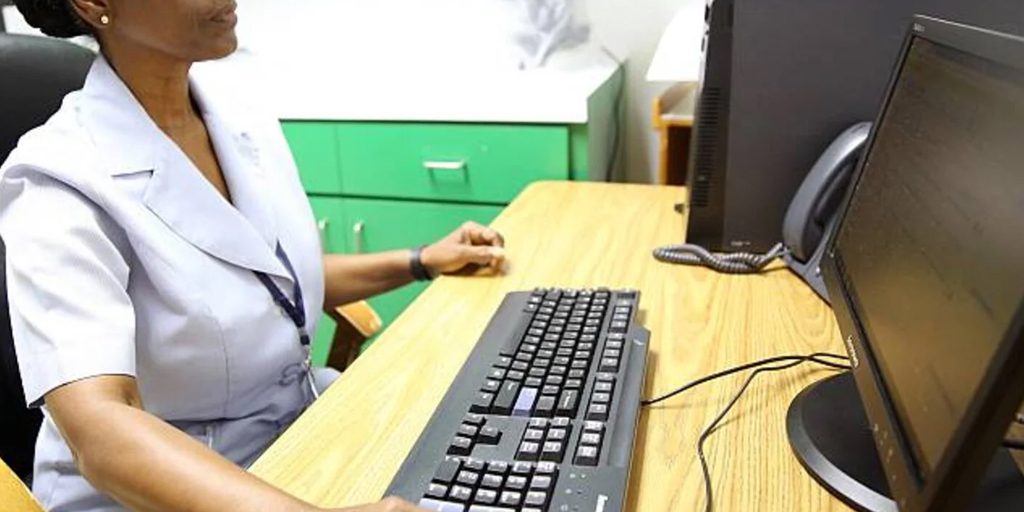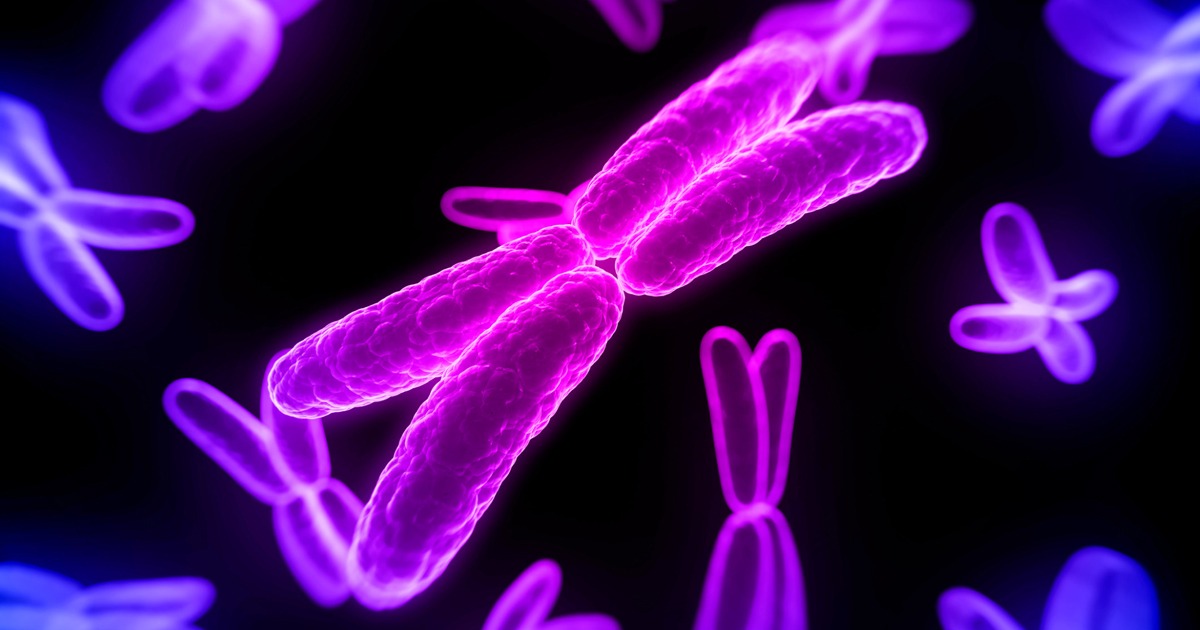Researchers from the University of Michigan published in npj Digital Medicine, a practical guide to dermoscopy for use in telemedicine.
Teledermatoscopy is the use of dermatoscopic images in telemedicine, its objective is to support remote diagnosis of dermatological diseases, as well as classify and control injuries.
In this way, teledermatology necessarily requires a remote consultation, through which it will be possible to make a diagnosis or provide therapeutic advice on specific diseases. Like telemedicine, consultations of this type can occur synchronously, through a teleconsultation in real time, or asynchronously through pre-recorded videos sent to patients. Likewise, an important technique for teledermatology is the transmission of dermatoscopic images.
"Dermatoscopy is an essential diagnostic tool for dermatologists to visualize epidermal structures, pigmentation patterns, and vascular patterns to aid in lesion examination and clinical decision making," the authors explain.
Diagnostic accuracy in teledermatology improves thanks to high-quality images, however, this is one of the main challenges. Poor quality images can reduce sensitivity in diagnosing skin conditions.
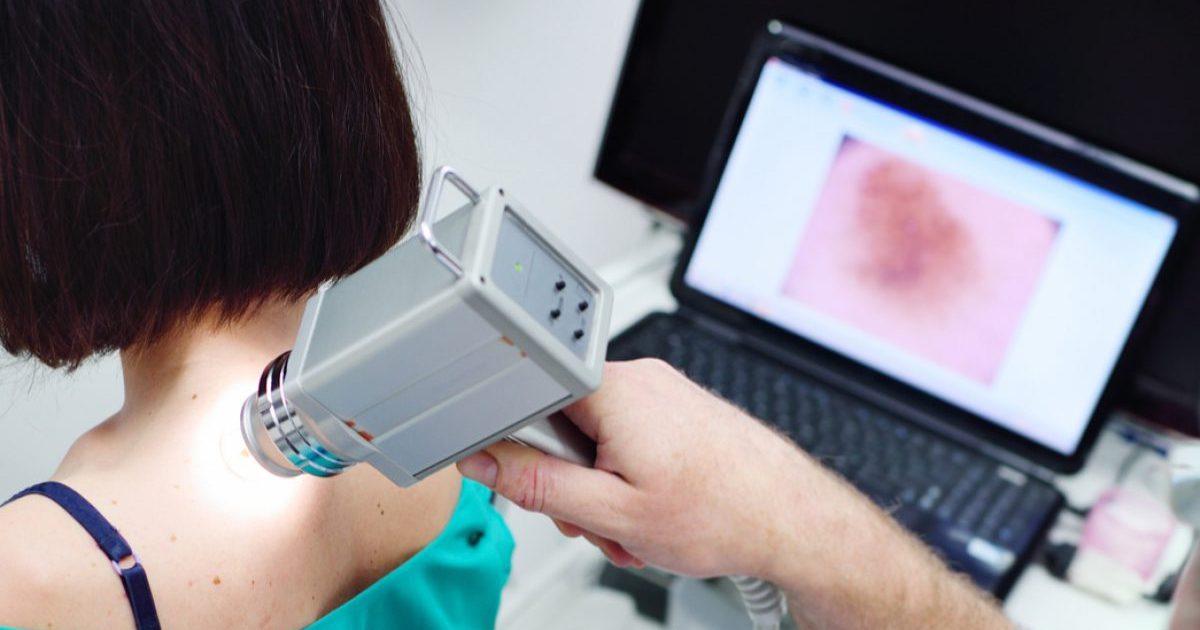
“To ensure clinical and technical benefit, teledermatoscopy must follow a standardized approach and guidelines established in dermatoscopic devices, image orientation, resolution, scale, measurement, focus, depth of field, color and the field of vision”, explains the guide.
Likewise, the acquisition of clinical images must follow certain guidelines to guarantee key aspects such as lighting, background, field of view, orientation, resolution and adequate scale.
"Dermatoscopy remains two-dimensional when images are viewed virtually or in person, making it an excellent tool for any teledermatology triage model," the authors explain. However, it is important to clarify that teledermatoscopy should only be used in an appropriate clinical context and not for all cases, for example, melanomas smaller than 6 mm or certain lesions that may have more specific characteristics.
You can read the full guide at the following link:

